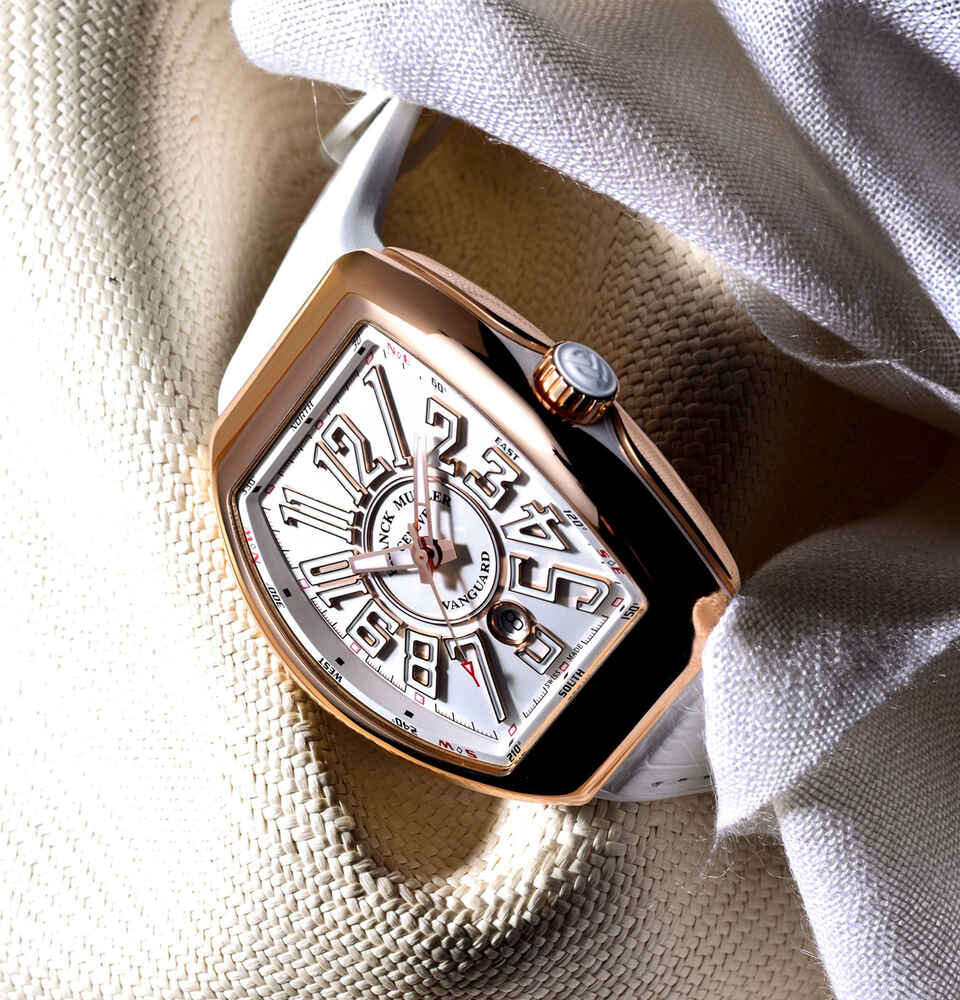With our tips you can easily determine the authenticity of gold
The best-known method is probably the "bite test". Every one of us has the image from an old Italo-Western flick in mind, in which a gold prospector in a cowboy hat bites on a gold nugget to convince himself of its authenticity. But how much realism is there in this scene? Gold belongs to the softer metals, which means that deformations and impressions can certainly occur on the surface if enough pressure is applied to the spots. Theoretically, even if you bite into it very hard.
However, the bite test would require so much force that our dentures and jaws could be injured in the process. Therefore, this method is no longer recommended nowadays. It is uncertain whether there were gold prospectors with an iron bit who could accurately check the authenticity of gold in this way. Especially since there are other soft metals that, with the right processing, can look like gold and could have left bite marks.
There are three far simpler methods for quickly and easily checking the authenticity of a gold piece at home. One is the magnetic test. It is best to use a stronger magnet for this, a fridge magnet is not sufficient. Since gold is not magnetic, it should not stick to the magnet. However, there are other metals used as gold counterfeits that are not magnetic. So the mere fact that the object is not attracted to the magnet is not a definite indication.
For another test, take an unglazed piece of ceramic, such as you would find in a hardware store, and rub the gold piece over its surface. Real gold should leave a yellowish streak. Finally, you should definitely examine your gold visually. On the one hand, a fineness or carat stamp should be visible, and on the other hand, no other metal should shine through in worn areas under the gold surface.
This test, which gives the most accurate results even when used at home, takes us back to ancient Greece, long before gold prospectors were chewing on nuggets. The king of Syracuse, located in what is now Sicily, had a crown made of pure gold. But he doubted that the entire crown and not just its surface was really made of gold. So he commissioned the mathematician Archimedes to verify the authenticity of his gold crown.
Archimedes took advantage of a special property of gold: Its extremely high density. Compared to other metals, gold has a smaller volume for the same weight. Archimedes placed the crown and a piece of pure gold, which had the same weight as the crown, on a scale. He then placed these in a vessel filled with water and found that the pure gold piece sank more quickly.
This proved that the crown must contain other, less dense metals than gold. The buoyancy exerted by the water on the objects was greater with the crown, since it required a greater volume for the same weight, i.e. it had a lower density than the pure gold piece.
This proved that the crown had to contain other metals that were less dense than gold.
This discovery leads to the following, slightly modified method for home use: Since gold has a very specific density and thus volume per weight, it also displaces very specific amounts of water in a water container. However, different density values result depending on the alloy and fineness. Pure gold has a density of approx. 19g/cm³, 14-carat gold a density of approx. 13-14g/cm³. The fineness of the gold and the corresponding values should therefore be known in advance.
The first step is to weigh the gold piece. Let's assume a weight of 50 grams as an example. Then fill water into a container with a millimetre scale and note the exact water level. Then put the gold piece into the container and note the value by which the water level has risen.
For example, let us assume that the water level has risen by 5 millimetres. Using the following formula, we now calculate the density of the object: Mass divided by volume change. This means 50 divided by 5, resulting in a density of 10g/cm³ for our object. So it is not pure gold, at best it could be an alloy with a high foreign metal content.
To reliably check the authenticity of gold, a jeweller should be consulted. He can determine the authenticity with the help of an acid test, which should not be carried out at home. Nitric acid is put on the gold and if there is no colour reaction of the acid, it is real gold. Alloys below 8 carats, i.e. below a minimum of 33% gold, are generally not considered to be gold. At Brogle we use professional testing carried out by our in-house experts. Contact us and have your gold tested by us.








